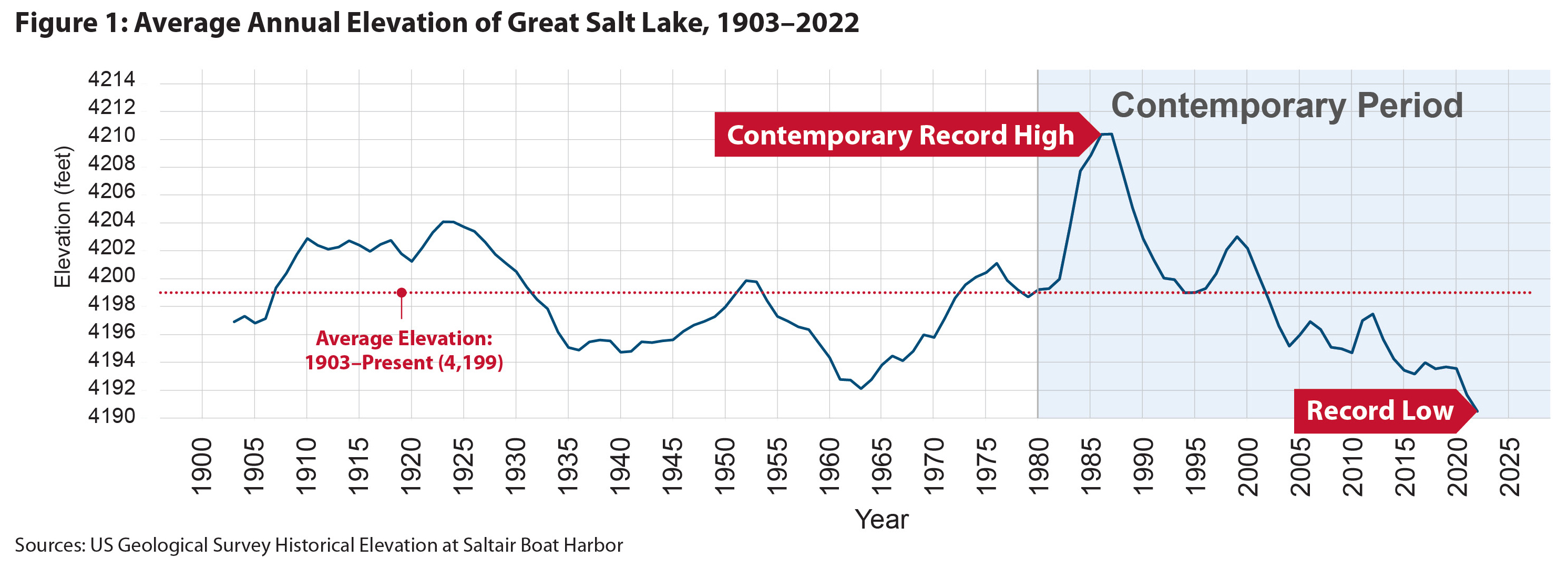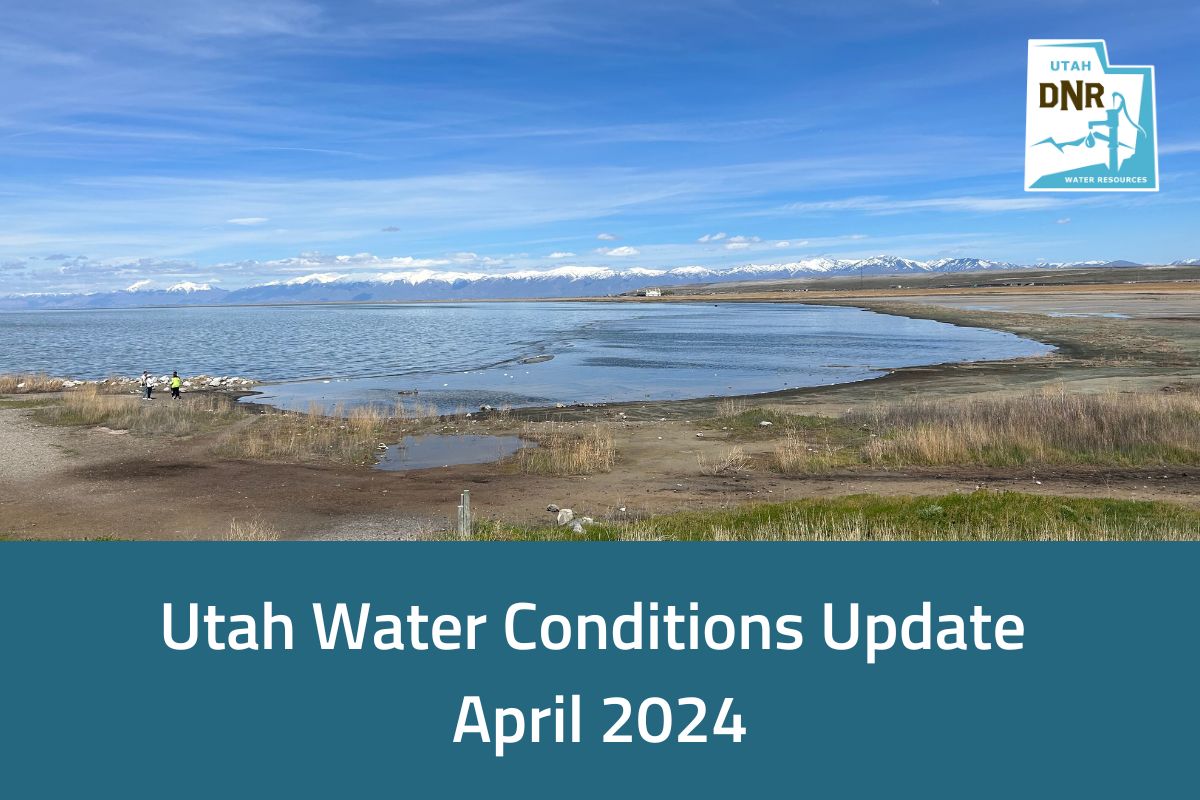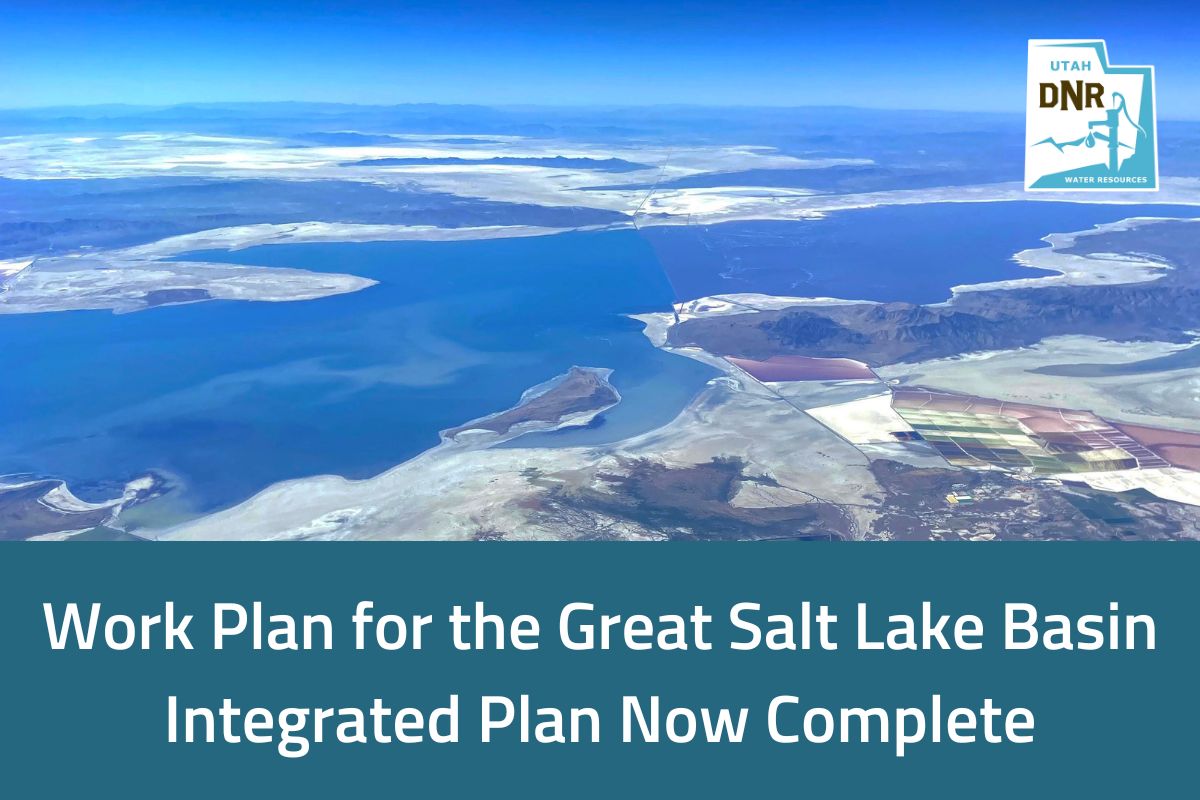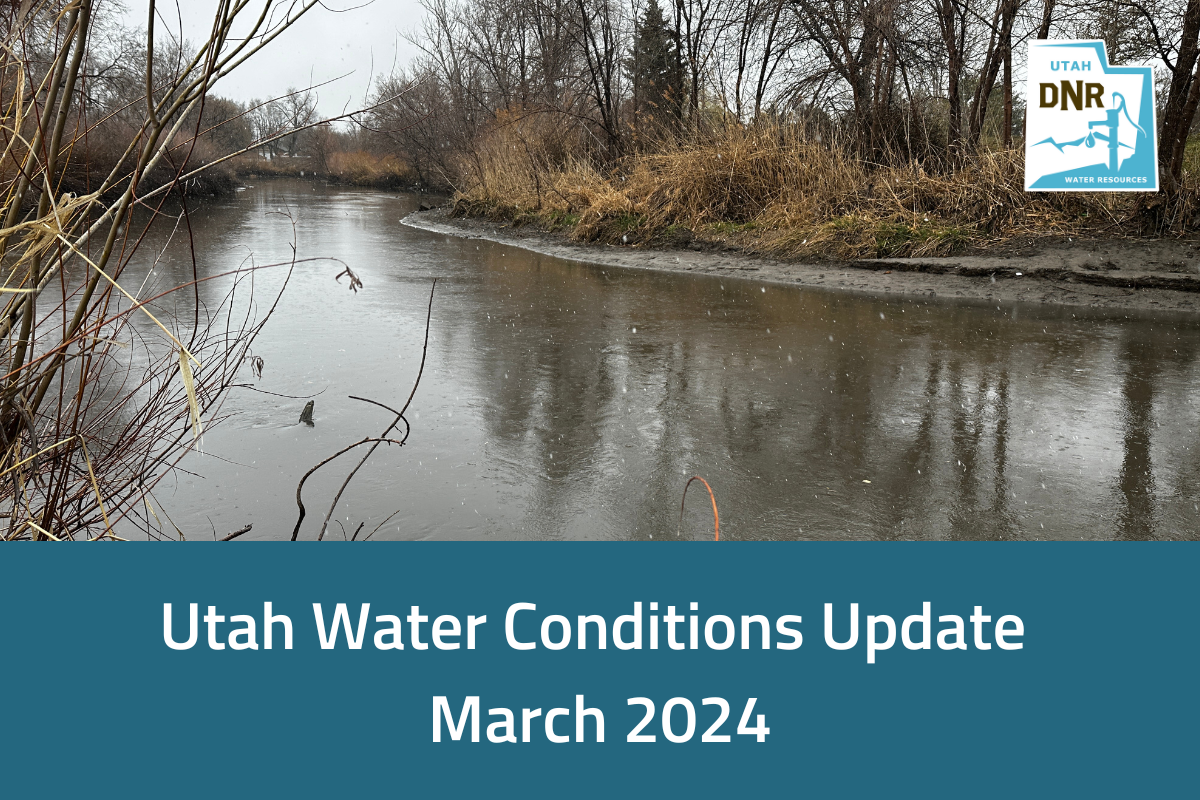Analysis includes a data repository, research, and policy options that will help return the lake to healthy levels
February 8, 2023 (Salt Lake City) – Declining water levels of Great Salt Lake threaten economic activity, local public health, and ecosystems. In response to this emergent statewide challenge, Utah’s public research universities formed the Great Salt Lake Strike Team, a collaboration of experts in public policy, hydrology, water management, climatology, and dust. Today they released a Great Salt Lake Policy Assessment that affirms the situation is urgent, but also identifies a variety of policy levers that can return the lake to healthy levels.
“Our findings are both stark and hopeful,” said co-chairs Brian Steed, executive director of the Janet Quinney Lawson Institute for Land, Water, and Air, at Utah State University and Bill Anderegg, director of the Wilkes Center for Climate Science and Policy at the University of Utah. “We firmly believe Great Salt Lake can be saved, but it will require state leadership, research university technical expertise, and individual and collective action.”
“Connecting policymakers with research institutions helps tap into a wealth of knowledge and leverage work that is already underway,” said Joel Ferry, executive director of the Utah Department of Natural Resources. “We appreciate the collaboration that has helped shape this report as we work together to protect and preserve the lake.”
The Great Salt Lake Policy Assessment includes a data repository, research on trends and target elevations, and one-page summaries of policy options. Strike Team members agree Utah faces an economic, health, and environmental imperative to act. Included in the report are a variety of insights, including the following:
- Explanation for record-low elevation – Human and natural consumptive water use explain most of low lake levels. Other contributing factors include natural precipitation variability and climate warming. Human water use is the only factor that can be changed in the near term.
- Analysis of decreasing inflow to the lake – Even though overall water supply from the mountains shows no long-term trend, inflow to the lake is decreasing. This decrease reflects greater depletion by natural and human systems at lower elevations.
- Evaluation of policy options –Policymakers will need to rapidly assess the benefits, costs, and speed of policy options to prioritize state actions. The Strike Team prepared a summary evaluation of 11 policy options:
Conservation
- Commit conserved water to Great Salt Lake
- Optimize use of agricultural water
- Optimize municipal and industrial water pricing
- Limit municipal and industrial water use growth
- Utilize water banking and leasing
- Conduct active forest management in Great Salt Lake headwaters
- Optimize Great Salt Lake mineral extraction
New water
- Import water
- Increase winter precipitation with cloud seeding
Engineering solutions
- Raise the causeway berm
- Mitigate dust transmission hotspots
- Conservation pathways to the lake – Committing conserved water to the lake is a fundamental policy lever that is crucial for many other policies to function effectively.
- Modeling of future water availability – Over the long term, slight increases in expected precipitation will likely be overwhelmed by increases in temperature and evaporation, creating further challenges for the lake. These future challenges underscore the value of refilling the lake quickly and creating an adaptive process to monitor and maintain lake levels in coming decades.
The Strike Team does not advocate but rather functions in a technical, policy-advisory role as a service to the state. At the request of state leaders, the report does include six recommendations: 1) Leverage the wet years, 2) Set a lake elevation range goal, 3) Invest in conservation, 4) Invest in water monitoring and modeling, 5) Develop a holistic long-term water resource plan for the watershed, and 6) Request in-depth analysis on policy options.
The full policy assessment – including a data and insights summary, lake elevation target range analysis, policy options and recommendations – can be found online.

###
ABOUT THE GREAT SALT LAKE STRIKE TEAM
Utah’s research universities – The University of Utah and Utah State University – formed the Great Salt Lake Strike Team to provide a primary point of contact for policymakers as they address the economic, health, and ecological challenges created by the record-low elevation of Great Salt Lake. Together with state agency professionals, the Strike Team brings together experts in public policy, hydrology, water management, climatology, and dust to provide impartial, data-informed, and solution-oriented support for Utah decision-makers. The Strike Team does not advocate but rather functions in a technical, policy-advisory role as a service to the state.




